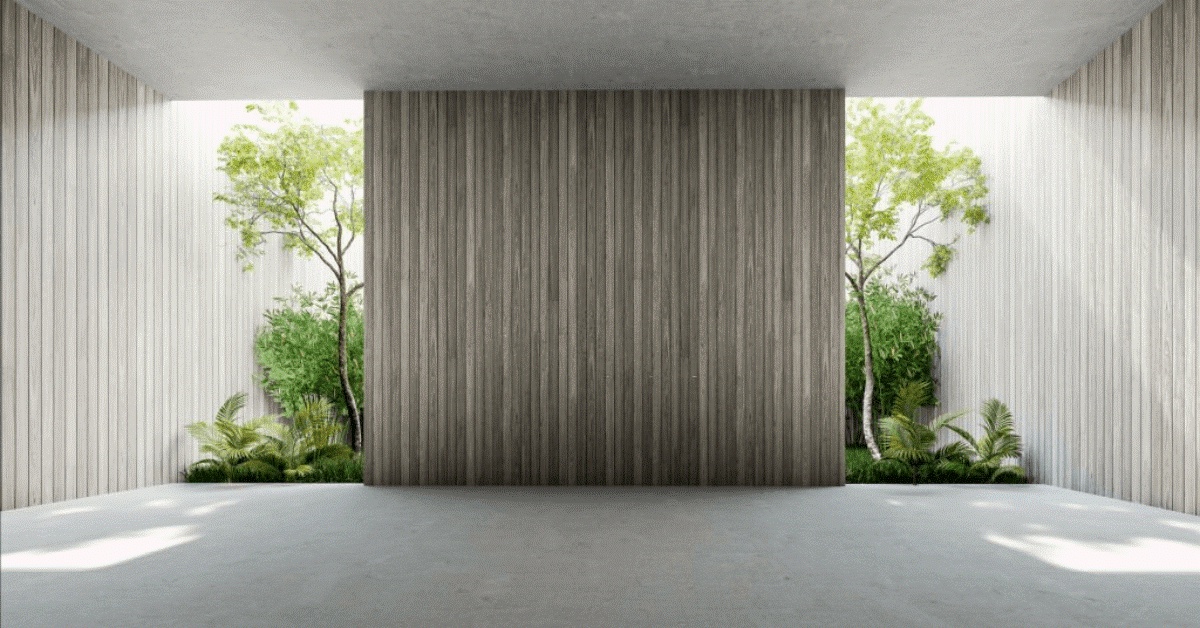Do you know that the concrete beneath your feet isn't just a plain uniform substance? It comes with fascinating variations, especially when it comes to interior and exterior. You are in the right place if you are gearing up for a big construction project. This blog will walk you through the difference between interior and exterior concrete.
By the end, you'll understand why choosing the right commercial concrete contractors in Cleveland, Ohio, like Custom Clean Concrete, is essential for a top-notch job!
What is a Concrete Slab?
Before we get into the nitty-gritty of interior vs. exterior concrete, let's start with the basics. A concrete slab is like the foundation of your floor or roof, providing stability and support. There are various types, including suspended slabs and one-way slabs, depending on your needs.
Interior vs. Exterior Concrete Slabs
Interior and exterior concrete slabs are made given to their roles. The exterior concrete is durable and has a robust formation, whereas interior concrete is suited to the interior environment.
Weather plays a pivotal role in how concrete behaves. Interior slabs have it easy – they don't face the elements. As a result, they usually don't require air entrainment to prevent cracking.
Conversely, exterior concrete needs to be rougher to provide traction for vehicles and pedestrians. This rough finish helps prevent accidents due to slippery surfaces.
Concrete Slabs Formulation
The location of the concrete influences the mix. Interior concrete doesn't need to be as strong as exterior concrete because it won't face extreme temperature changes. This means different ratios of cement to sand. Outdoor concrete uses more cement for added strength and durability, making it slightly pricier but worth it for long-lasting surfaces.
Concrete Slabs Maintenance
Both interior and exterior concrete face unique challenges. Outside, it's weather and regional climate, while inside, it's daily foot traffic and other factors. You'll need regular maintenance to combat wear and tear to keep them looking good. You'll not need interior maintenance as often as you need exterior maintenance.
Concrete Slabs Finishes
How you finish your concrete depends on where it's located. Indoor concrete is all about a smooth, polished look for foot traffic. In contrast, outdoor concrete needs a rougher texture for grip, making it suitable for vehicles and pedestrians alike.
Concrete Slabs Protection
Concrete needs protection from moisture, debris, and other threats. High-quality coatings and sealers are the knights in shining armor for both interior and exterior concrete. The key difference lies in the resins used – exterior coatings use softer resins to withstand moisture, while interior coatings focus on scuff and stain resistance.
Wrap up!
In the world of concrete, it's not one-size-fits-all. Interior and exterior concrete slabs have distinct requirements. So, when you're considering a project, remember these differences. And for the perfect concrete finish, protection, and maintenance, look no further than Clean Custom Concrete. We're here to pour your dreams into reality, whether it's for the inside or outside of your building. Trust us for years of quality and beauty.
Ready to Transform Your Space with one of the best concrete companies in Cleveland, Ohio? Contact Clean Custom Concrete Today!
Your journey to exceptional concrete starts with a single step. Contact us now, and let's discuss how we can bring your interior or exterior concrete vision to life. Don't wait; let's create something amazing together!


No comments yet